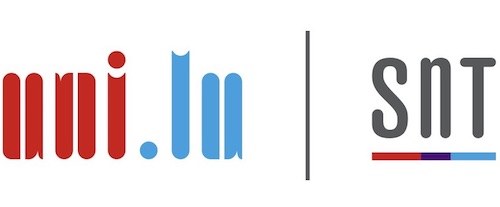
Interdisciplinary Research Group in Socio-technical Cybersecurity
A Game of “Cut and Mouse”: Bypassing Antivirus by Simulating User Inputs
Abstract:
To protect their digital assets from malware attacks, most users and companies rely on anti-virus (AV) software. But AVs' protection is a full-time task and AVs are engaged in a cat-and-mouse game where malware, e.g., through obfuscation and polymorphism, denial of service attacks and malformed packets and parameters, try to circumvent AV defences or make them crash. On the other hand, AVs react by complementing signature-based with anomaly or behavioral detection, and by using OS protection, standard code, and binary protection techniques. Further, malware counter-act, for instance by using adversarial inputs to avoid detection, et cetera. This paper investigates two novel moves for the malware side. The first one consists in simulating mouse events to control AVs, namely to send them mouse "clicks" to deactivate their protection. We prove that many AVs can be disabled in this way, and we call this class of attacks Ghost Control. The second one consists in controlling high-integrity white-listed applications, such as Notepad, by sending them keyboard events (such as "copy-and-paste") to perform malicious operations on behalf of the malware. We prove that the anti-ransomware protection feature of some AVs can be bypassed if we use Notepad as a "puppet" to rewrite the content of protected files as a ransomware would do. Playing with the words, and recalling the cat-and-mouse game, we call this class of attacks Cut-and-Mouse.
Authors:
Ziya Alper Genç, Gabriele Lenzini, Daniele Sgandurra
Publication date:
2019
Published in:
Proceedings of the 35th Annual Computer Security Applications Conference
Reference:
Genç, Z. A., Lenzini, G., & Sgandurra, D. (2019, December). A game of" Cut and Mouse" bypassing antivirus by simulating user inputs. In Proceedings of the 35th Annual Computer Security Applications Conference (pp. 456-465).
Get in touch with us
SnT – Interdisciplinary Centre for Security, Reliability and Trust
Maison du Nombre, 6, avenue de la Fonte L-4364 Esch-sur-Alzette
info-irisc-lab@uni.lu
